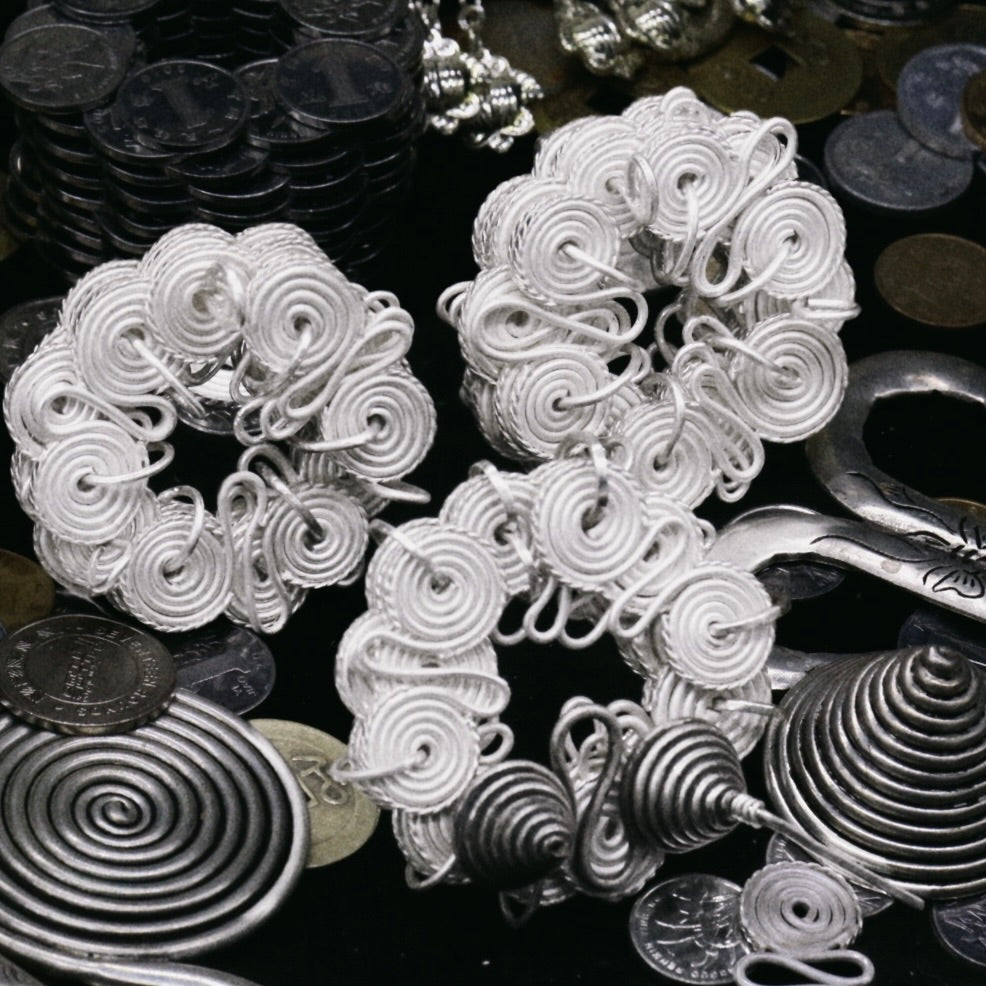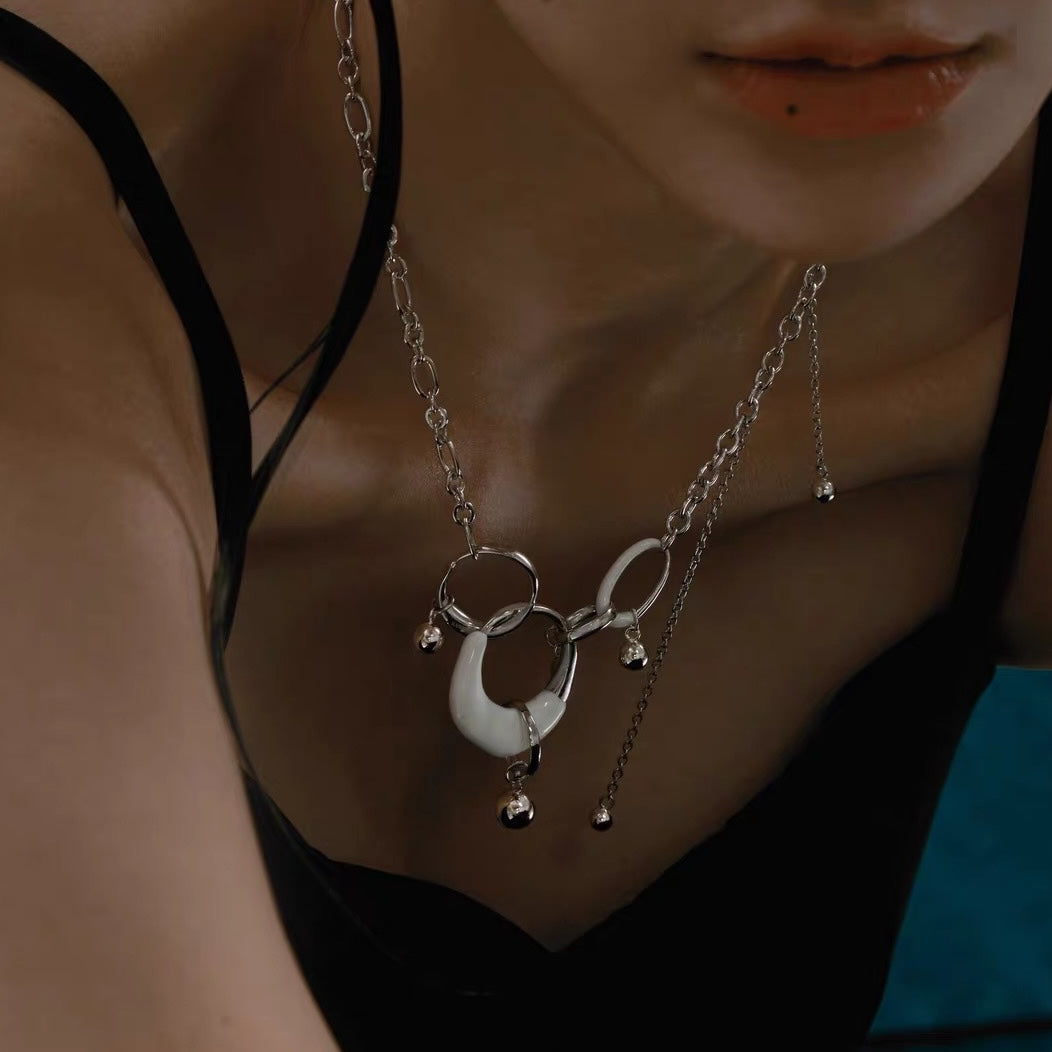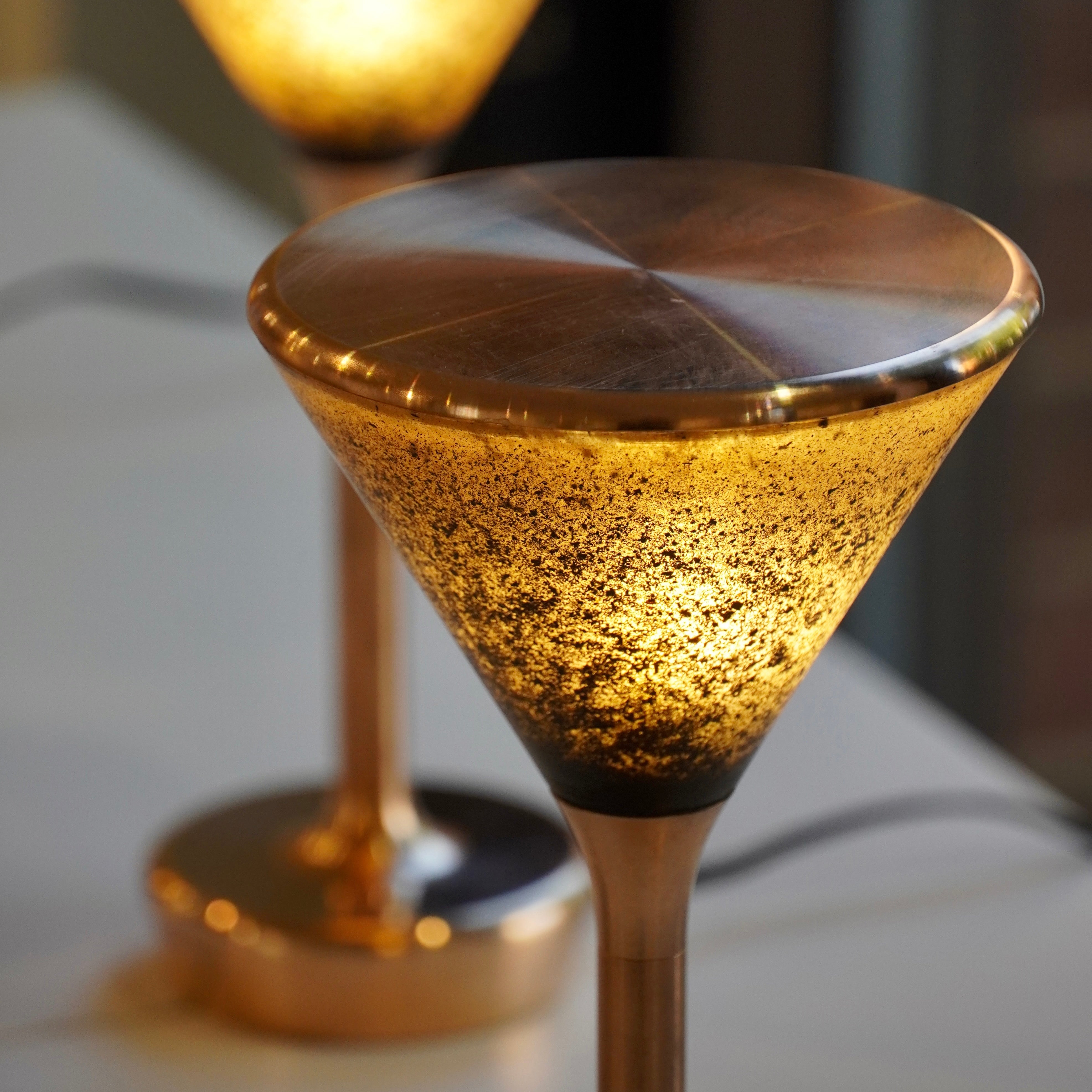Shane is a China-based jewellery artist with a background in industrial and product design, and a graduate of the Central Academy of Fine Arts. Drawn to self-expression and wearable art, Shane has developed a practice that moves between traditional and contemporary directions. The work engages with Eastern cultural contexts through ethnographic studies of identity, ritual, and craft, including research into Miao and Dong communities as well as Tibetan Buddhist practices. Collective Intimidation was featured on the cover of YOUTH VISION; Eight Sand Swallow has been exhibited in Beijing and Chengdu; and Spoon.Sword.Mirror was shown at Gong Gallery, accompanied by an interview. Shane has also contributed as a volunteer with the Hong Kong Children’s Foundation.
Born in China and raised there, Shane was trained first in industrial and product design, and later in jewellery. For him, his move from one to the other was a redirection, less towards service and ergonomics than expression and aesthetics. Working in jewellery and objects and installations that straddle fine jewellery and contemporary craft, his work is a theatre in which cultural symbols, obsolete functions, and embodied memories take on new voices.
Tokens of Tomorrow
Shane’s works have been exhibited in Beijing, London, and Los Angeles. One of his key pieces, The Token of Tomorrow, was featured at the London Design Festival this year. The project starts with a Miao back clasp, something once used as a fastening on a Miao garment. In the work of London-based artist Shane, the clasp is transformed into a brooch.

Tokens of Tomorrow
2024
Silver, Copper
The clasp’s new incarnation as a brooch strips away its functional purpose and redirects our attention to those rippling water motifs, patterns that, in the absence of use, become symbols. By refusing to be a fastening device, the object then speaks of heritage, identity, and disappearance. It is no longer a fastening device, but a token, a remnant of presence, a lament for what is disappearing, and a provocation to consider what function might be when removed from use. Shane describes this gesture as playful and serious. Playful, because turning something with a utilitarian purpose into something ornamental is a kind of mischief directed at tradition; serious, because it is also a question of how cultures survive when their most ordinary artefacts fall into obsolescence. Tokens of Tomorrow and the brooch then become both an elegy and a beginning: a sign of loss and a birth of a symbol.
Shane was trained in industrial design in China, and so is particularly aware of the very idea of “function”. In product design, function is literal, logical, and serviceable. In jewellery, function is more ambiguous: ornament, presence, symbolism. In Tokens of Tomorrow, he stages what he calls a “fantasy of function”: an artefact that refers to function but will not deliver it. This applies to his folded comparison between the Miao clasp and the arcade coin pusher machine of his childhood; objects once central, now displaced, now becoming obsolete. For the clasp, it is a garment use displaced, replaced by the zipper. For the arcade coin, it is play use replaced by tickets and coins. In both cases, it is a loss of use, remaining only locality, memory and residue. Through the juxtaposition of artefacts, Shane reminds us that disappearance applies not only to things but to identity too.

Spoon, Sword, Mirror
2023
Brass, Turquoise
Between Hand and Machine
Although he was initially reluctant to engage with mechanical production, Shane recognises that it is becoming increasingly inevitable in jewellery making. His practice oscillates between a need for support for making processes in digital training, and pieces that insist on the necessity of handwork. The method is never ornamental; it must be necessary. Silver, water, traditional techniques and Miao culture appear not as gratuitous material choices, but as necessary carriers of meaning within the cultural context he wants to re-imagine.
In his collaborative work on Tokens of Tomorrow, support from his studio colleague, the silversmith and artist Boqin Zhang, was invaluable in the realisation of the craft elements. Together, collaboration and cultural research frame this work in design. It reminds us again that for Shane, jewellery is always more than making.
Cultural Crossings
Shane’s research sees him travelling to minority areas in China, engaging with people to learn about what they do. He is aware of the difficulties of his position: of easy exoticising, of not belonging, of not being there. Yet these experiences are not without their reflections. Even among Miao people today, memory of the clasp is forgotten, recalled only by older people. It is half-remembered, living and disappearing.
His position as an Asian Jeweller in London is also a consciousness of this. Between the majority and minority, he feels that there has been a constant force pushing him into performing roles he cannot fully choose. For him, jewellery is a way of resisting this push, holding fragments of cultural specificity in front of this homogenising force.

Cocktail Ring
Shane’s work on the Cocktail Rings makes this refusal explicit, too. Logically, the rings are conventional, cut gems, diamonds, and ornamental settings. Still, their scale and theatrical sensibility push them towards another register, somewhere between commercial and expressive. This transcendence of categories is Shane’s self-confidence. He doesn’t identify as a designer, as an answerer, but as an artist who just so happens to work with jewellery. He doesn’t offer a service with jewellery, he offers questions in space.
Jewellery After Function
Through his work, Shane creates what could be termed structures of disappearance. He selects objects whose use has faded away and sets them on a path to new lives as bearers of meaning. It could be the vanished clasp of the Miao or the obsolete coin of the arcade, but his work is clear: obsolescence is not an end, but a beginning of new cultural life.
What remains after use is not empty, but symbol, resonance and identity. In a world where both culture and material tradition are at risk of fading away, Shane’s work posits jewellery as more than adornment. It invites us to consider what might be lost and what might be conserved in a time of erosion. It is not necessary to find answers here. We need only dwell in the questions. What survives when use fades away? What identities are held when traditions pass? What tokens of tomorrow are we creating today?




Leave a comment
This site is protected by hCaptcha and the hCaptcha Privacy Policy and Terms of Service apply.